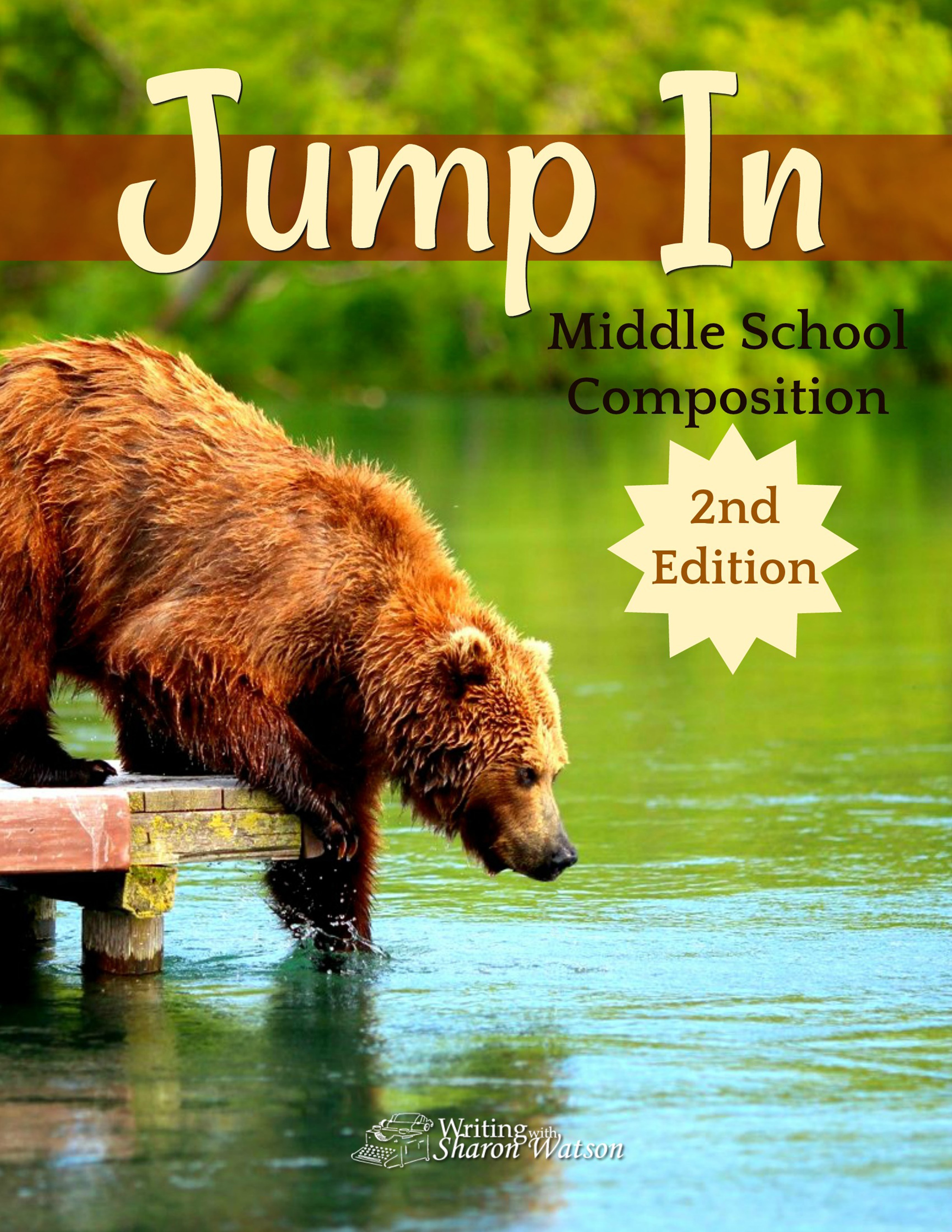Thesis Statements
A guy walks in to your living room and blurts out, “Pizza.”
You look at him and wonder what he means. Well, you know the subject matter—pizza—but you don’t know where he’s going with this. He could take it in any of these directions:
“I want pizza.”
“Pizza is bad for you and here’s why.”
“Eat more pizza; it contains all the food groups.”
“I know how to get bigger tips working as a pizza delivery person.”
“This is how to build the perfect pizza.”
“The pizza you buy here is very different from the pizza you can get in Italy.”
“With six hundred dollars borrowed from their mother, two brothers began one humble Pizza Hut, now an international chain.”
Or, of course, he could mean, “Here’s the pizza you ordered. Now give me a tip so I can get out of here.”
When you write an essay, writing about the subject matter is only the beginning. Readers need to know what direction you are taking your subject. That way, they will keep reading and will understand what you are doing. For instance, if your introduction looks like you are going to write about the founder of Amazon but you end up writing about all the cool stuff you can find there, your readers will be confused.
What’s your main idea? What’s the one thought you want to convey to your readers? Everything you write about your subject matter is going to be gathered around one statement, one main idea, so that people reading your essay know what direction you are taking your subject.
This main idea is called a thesis statement.
Because this is a rather lengthy tutorial, feel free to download it in PDF format here. >>
Examples of Thesis Statements
Here’s an example of an introductory paragraph with a thesis statement, which is the last sentence in the introduction. Notice that we know the subject matter—teaching cursive writing in school—and we can guess which side of the issue the student is on by the end of the paragraph (thesis statement is highlighted for clarity):
Should we require students to learn cursive? Forty-one out of fifty states no longer require students to learn it. Detroit News columnist Marney Rich Keenan laments the loss of handwriting: “Apparently, with the ubiquitous keyboard at our very fingertips, handwriting skills are now deemed irrelevant to the real world. Never mind that in the 1700s and 1800s, before the advent of the typewriter, professional penmanship was actually a noble career. Cursive writing is now becoming a dinosaur; hieroglyphics to the coming generations.” So one would think cursive is no longer relevant or necessary, right?
Is the student for teaching cursive writing, or is she against it? Answer here:
Here is an introduction about the remote control; however, I’ve removed the thesis statement (the last sentence) from it. Please read the paragraph and then decide what you would want to say to readers in a paper about remote controls.
The TV remote control seems to be an innocent device. We have grown very dependent on it and might not even want to watch TV without the ease of this automatic control box. The inventor of this infrared communications device is Robert Adler. He worked at Zenith for sixty years and invented the Zenith Space Command remote control in 1956. Many people have asked him if he feels guilty for inventing such a laziness-inducing product. His response is, “That is ridiculous. Every person should be able to change the channel from where he or she is sitting.”
What would you want to tell readers about remote controls? Write your thesis statement or main idea here. It can be silly or serious. We’re just having fun here:
King of the Essay
The thesis statement is sometimes called the controlling idea because it controls the direction of the paper like a steering wheel controls the direction of a vehicle. It can also be called the main idea.
If you are familiar with topic sentences, you know that a topic sentence tells readers the main idea of the paragraph. It’s the same with thesis statements. They let readers know what path your whole essay is taking. The paragraph supports the topic sentence; the essay supports the thesis statement.
Let me say that again, in a different way: Everything in your paper should support or prove your thesis statement. It is king of the paper, and everything in your paper should bow to it. If something in your paper does not support your thesis statement, then remove that something or change your thesis statement to coordinate with it.
(The student in the first introductory paragraph is defending teaching cursive in school. The original thesis statement for the paper on remote controls is this: “One wonders, however, how the remote control has affected our culture.” Then he writes about three specific ways he believes the remote control has negatively affected our culture—he wasn’t entirely being serious. Your thesis statement does not have to match his idea. I just thought you’d want to know what it was.)
Choose a Direction
Let’s look at what different thesis statements might look like in a paper on America’s Civil War. Here are samples of five directions in which a student could go with this:
The Civil War was anything but civil.
[This essay would cover some of the injustices and issues with the war, including specific events and attitudes.]
The Civil War could have been avoided.
[In this opinion essay, you’ll point out specific times in history or certain attitudes that could have potentially stopped the war.]
America’s Civil War is quite different from Spain’s.
[This essay compares the similarities and then contrasts the differences between the two wars, drawing some insightful conclusions for readers. Both topics—America and Spain—are included in the thesis statement.]
Slavery was not the only issue fought about in the Civil War; two other important matters were at stake.
[This essay lists or enumerates the three issues you have brought up in the thesis statement: slavery and the two others.]
Why are Civil War reenactments so popular today?
[In this essay, you’ll explain to readers the reasons why the reenactments are still popular.]
Choose a Type of Sentence
Say your teacher gives you this assignment: Write about snakes.
You have many options and could take your essay into any number of directions, like the pizza and Civil War examples. In addition, you’ll choose the type of sentence that fits your direction well and grabs your readers’ attention. Here are a variety of examples:
DECLARATIVE STATEMENT: The impact of pythons on the ecology of the Florida Everglades has been devastating.
QUESTION: Why do people fear snakes?
FOR A COMPARE-AND-CONTRAST ESSAY: How is a poisonous snake different from a nonpoisonous one?
[This mentions both of your topics—poisonous and nonpoisonous—and shows readers you are going to compare and contrast them.]
Click here to download a free printable that shows how to turn an idea into a thesis statement. The printable includes separate exercises for 7th-8th graders and for 9th-12th graders.
Click here if you’d like a clever visual way to organize an essay.
Questions about Thesis Statements
Question: In your essay, where does your thesis statement go?
Answer: Typically, it is the last sentence in the introduction.
Question: Do I need to have a clear main idea or thesis statement before I begin writing?
Answer: It helps, but no. You may not have a clear idea of a thesis statement when you begin gathering your material, organizing your points, or actually writing. That’s okay. Consider your thesis statement fluid, not chiseled in stone, while you think about things and do any research necessary.
Question: Can I start writing my essay if I do not have a clear thesis statement?
Answer: Absolutely. Just brainstorm, select a few solid points, arrange them in an effective order, and begin writing the paragraphs of the body. After you have written your paragraphs, you can ponder what you’ve just said and then develop a workable thesis statement from that.
It sounds backwards to do it that way, but who says you have to start at the beginning and write your paper straight through? After you’ve done the necessary work of brainstorming and organizing, begin where you feel most comfortable.
Intro to Writing, Parts 1-5
In case you missed the first 5 parts of this Intro to Writing series, feel free to check out the links below.
In Parts 1 & 2 of Intro to Writing, students practiced narrowing down a topic, brainstorming, and organizing their ideas. You can find that tutorial here. >>
Intro to Writing, Part 3 takes some of the pain out of outlines by using material your students are already very familiar with: restaurant categories and the way grocery stores are organized. Grab it and the free printables here. >>
Part 4 features a tutorial on writing effective paragraphs. In it you’ll find a chart, an example paragraph written from the chart, and an empty chart your students can use again and again for their own paragraph constructions. Separate charts and examples for middle school and high school students.
Part 5 is a tutorial on point orders, with a link to a video explaining point orders. You can get it here. >>
Part 6 teaches your students how to easily develop thesis statements (main ideas). >> Downloadable tutorial and exercises included.
Part 7 finishes off this series with free tutorials on introductions and conclusions. Separate tutorials for middle school and high school
Enjoy!
Yours for more vibrant writing,














